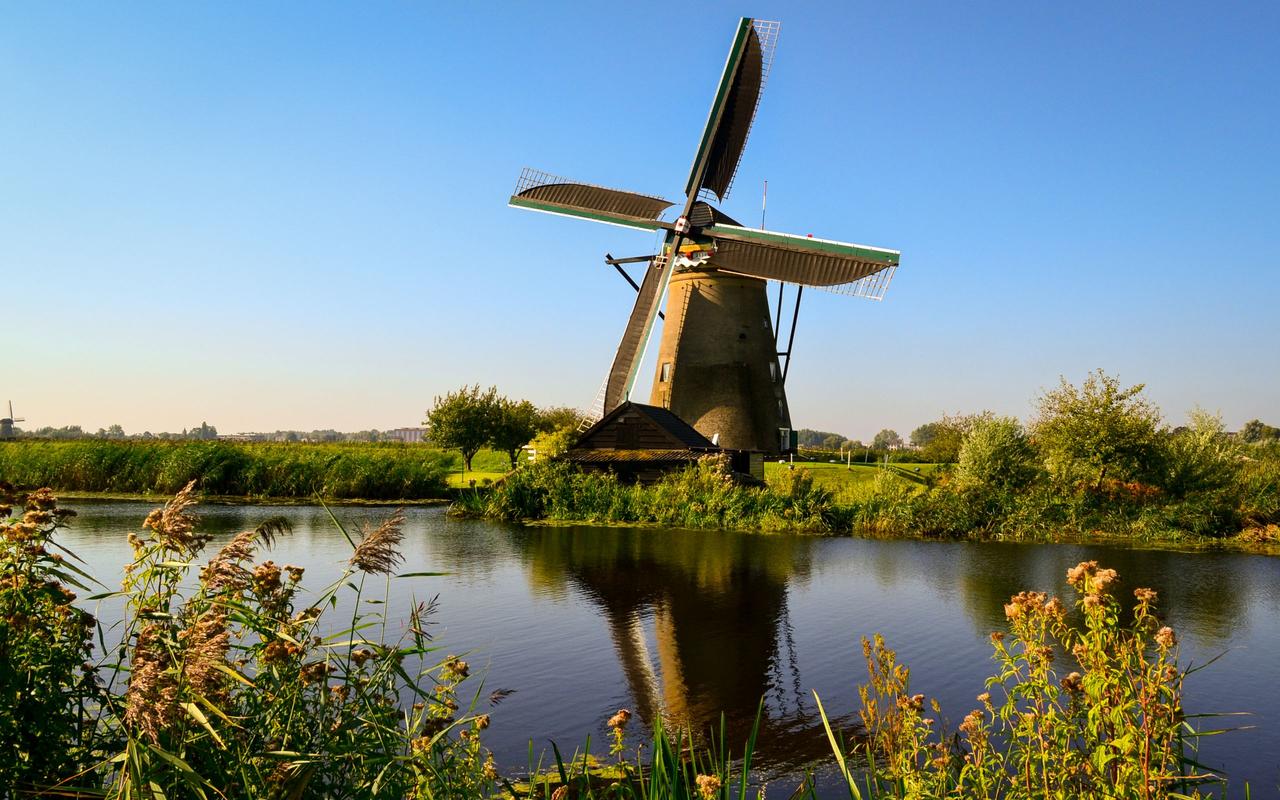The Evolution of Gilded Age Fashion: From Corsets to Callot Soeurs
The Gilded Age, a period in American history that spanned from the 1870s to the turn of the century, was a time of great prosperity and innovation. It was also a time when fashion underwent significant changes, reflecting the social and cultural shifts of the time. In this article, we will take a closer look at the evolution of Gilded Age fashion, from the restrictive corsets of the early years to the more liberated designs of Callot Soeurs.
Clothing as a Status Symbol
During the Gilded Age, clothing was seen as a symbol of wealth and status. The upper classes were expected to dress in the latest fashion, while the lower classes were more concerned with practicality and functionality. The early part of the era was marked by rigid, structured garments that emphasized a woman’s figure. The corset, in particular, was a popular item of clothing that was worn by women of all social classes. It was designed to cinch in the waist and create an hourglass figure, but it was also incredibly uncomfortable and even dangerous for some women.
The Rise of Haute Couture
As the century progressed, a new form of fashion emerged that was based on individuality and creativity. This was the era of haute couture, which originated in Paris and quickly spread to other parts of the world. Couture houses such as Callot Soeurs, Poiret, and Worth began to experiment with new silhouettes, fabrics, and designs, creating garments that were truly works of art.
The End of the Corset
One of the most significant changes in Gilded Age fashion was the gradual abandonment of the corset. Women began to rebel against the restrictive garment, and designers responded by creating looser, more naturalistic designs. The transition wasn’t immediate, however, and it wasn’t until the early 1900s that the corset was officially declared out of fashion.
The Legacy of Gilded Age Fashion
Although the Gilded Age is long gone, its influence can still be seen in contemporary fashion. The idea of clothing as a status symbol is still very much alive, and haute couture remains a thriving industry. But perhaps the most significant legacy of Gilded Age fashion is its focus on individual expression. Today, more than ever, people are encouraged to experiment with their style, to mix and match different pieces, and to create their own unique look.
In conclusion, Gilded Age fashion was a period of tremendous change, marked by the rise of haute couture, the decline of the corset, and a shift towards individuality and creativity. Today, we continue to draw inspiration from this fascinating era, as we push the boundaries of fashion and seek to express ourselves through our clothing.
(Note: Do you have knowledge or insights to share? Unlock new opportunities and expand your reach by joining our authors team. Click Registration to join us and share your expertise with our readers.)
Speech tips:
Please note that any statements involving politics will not be approved.
